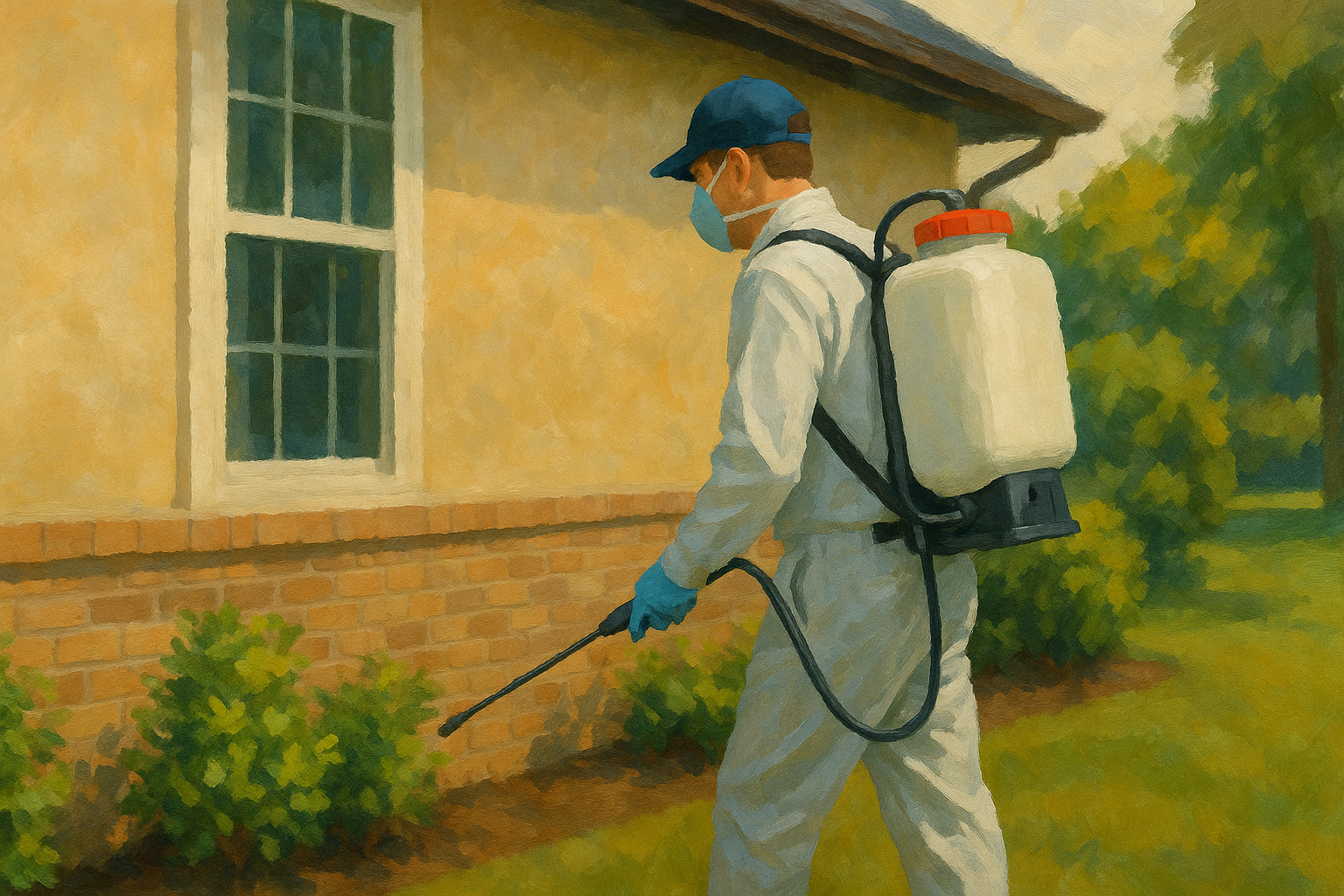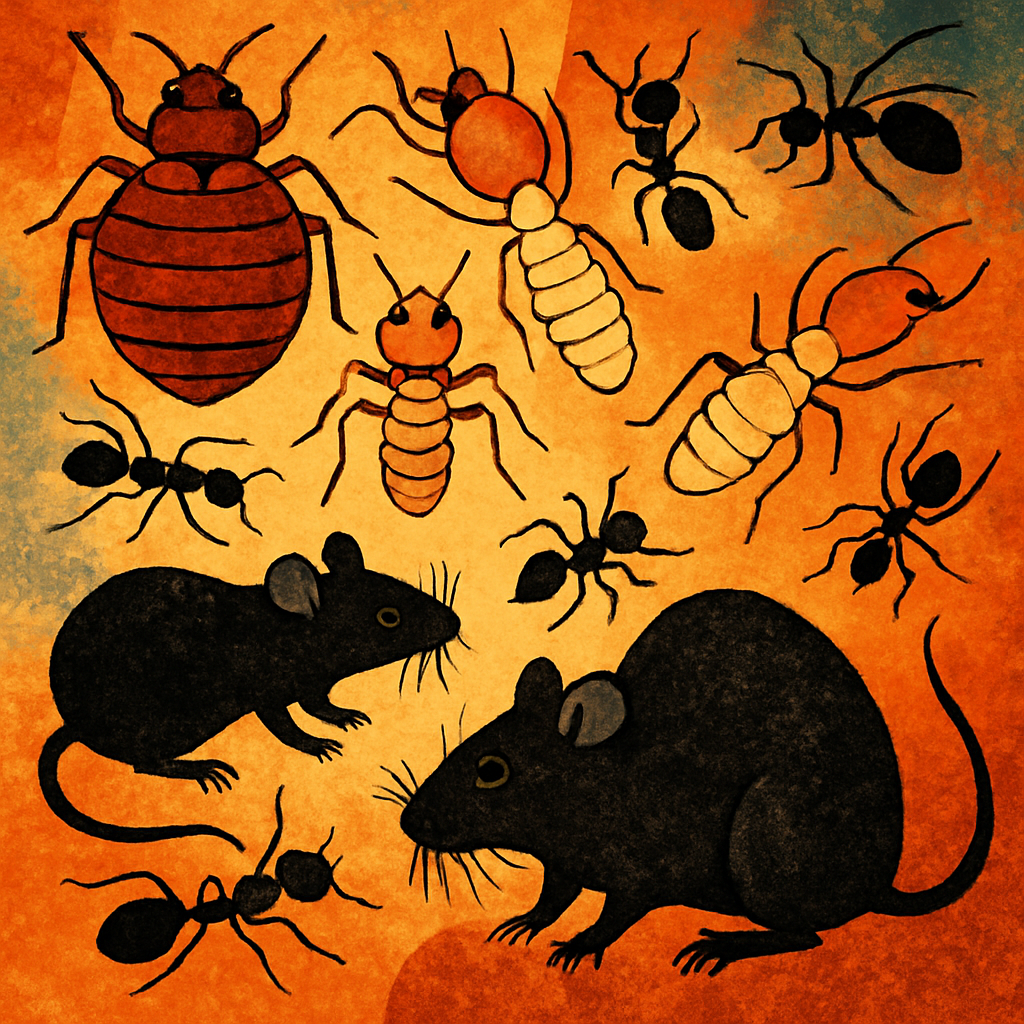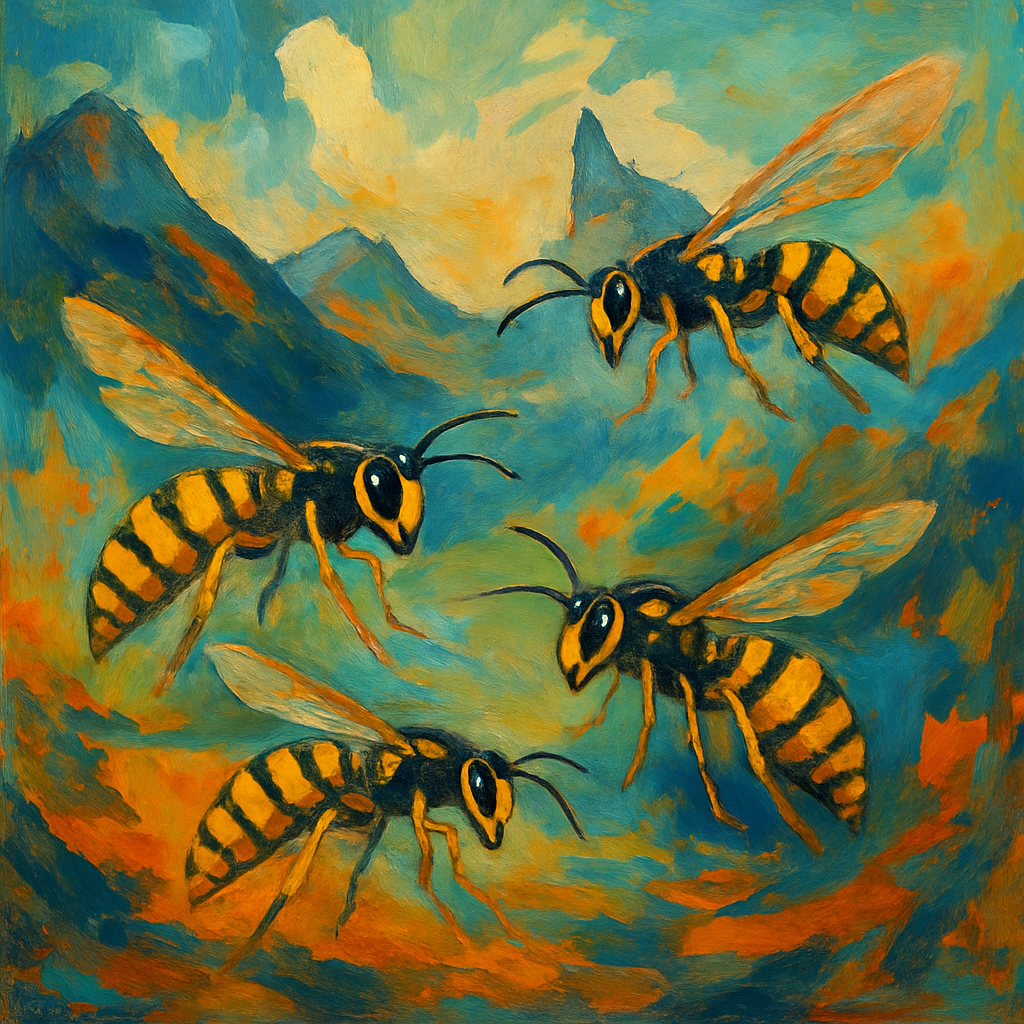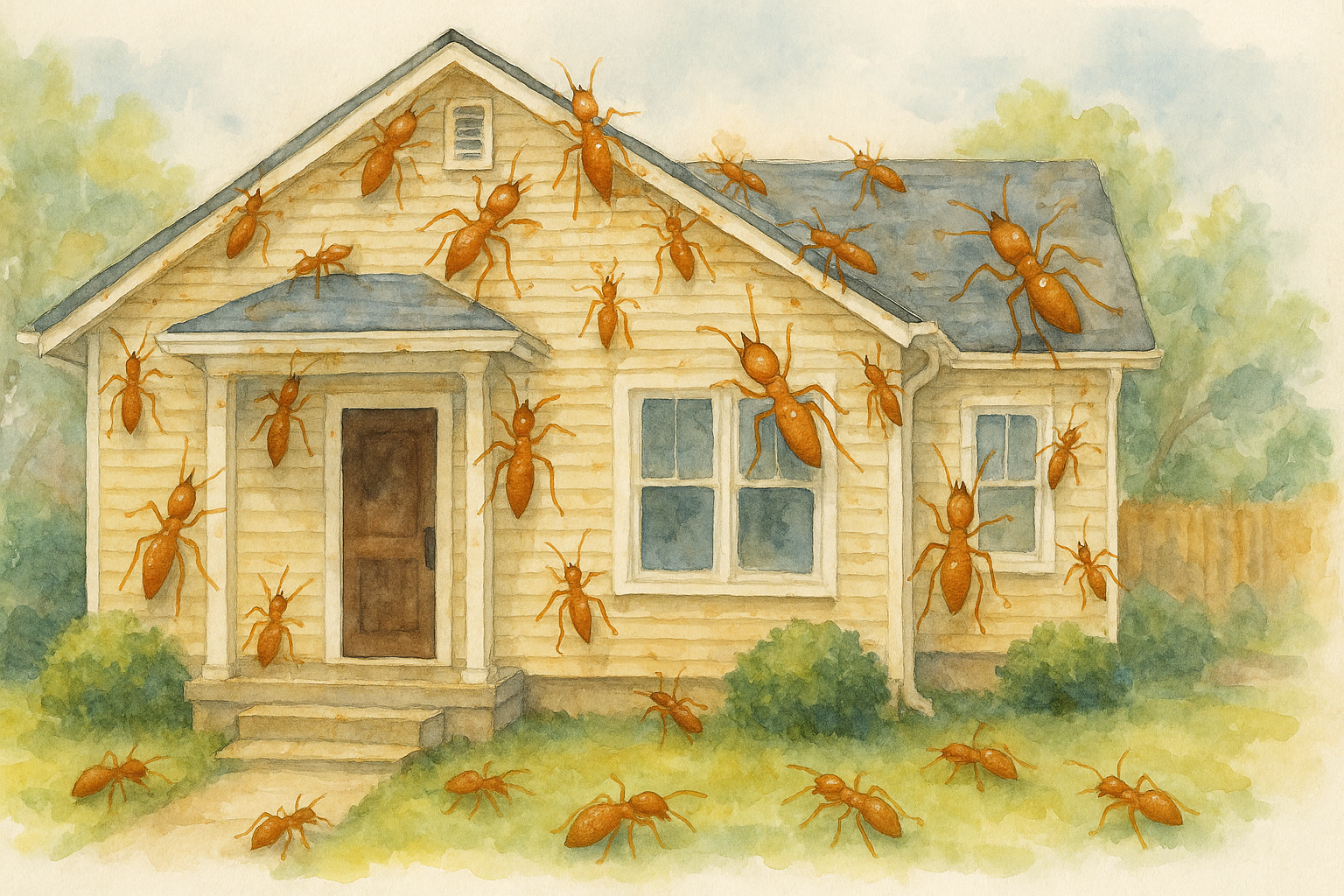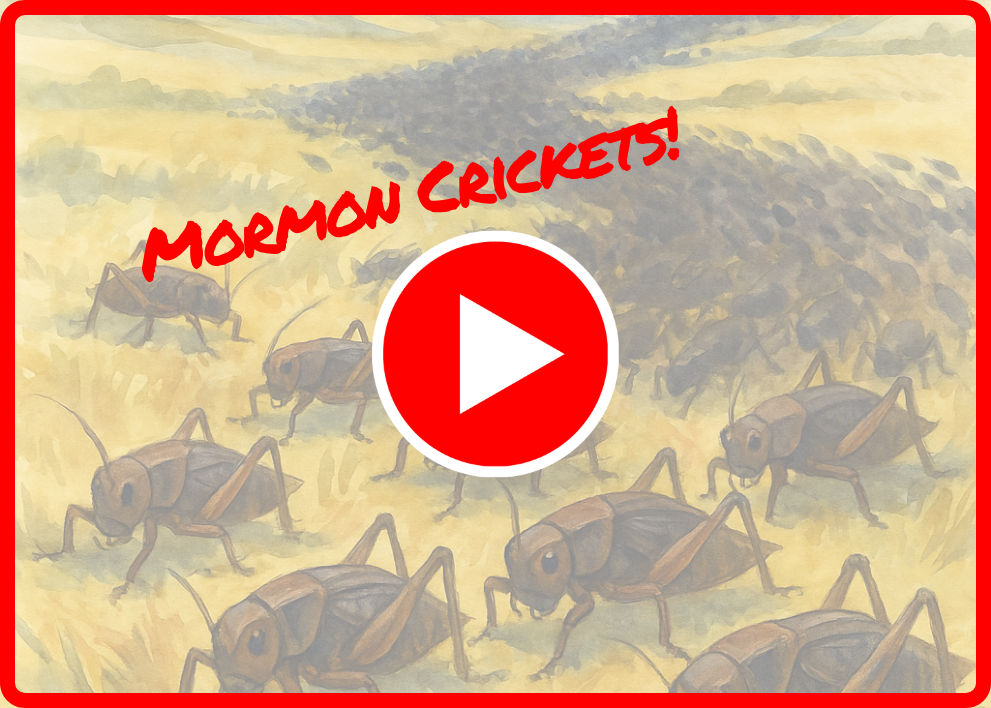Cockroaches are among the most resilient and pervasive pests in urban areas, and Idaho is no exception. These insects can infest homes, businesses, and public spaces, causing a wide array of problems ranging from food contamination to allergic reactions. While Idaho's cooler climate may limit the spread of certain species, cockroaches have adapted well to indoor environments, where they thrive in warm, humid areas like kitchens, basements, and sewers. This article explores the types of cockroaches found in Idaho, the health risks they pose, and how to manage infestations.
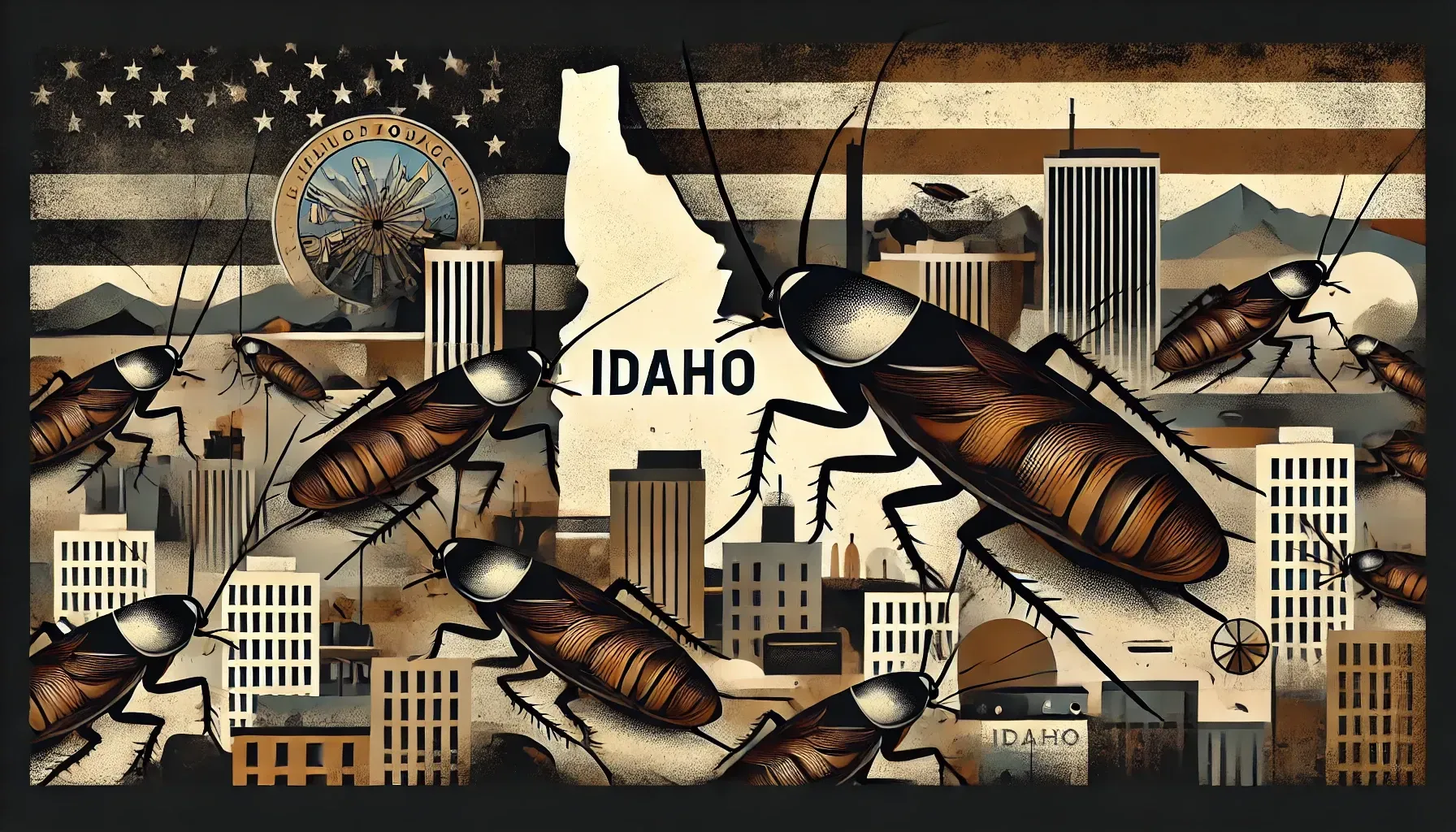
Cockroaches are among the most resilient and pervasive pests in urban areas, and Idaho is no exception. These insects can infest homes, businesses, and public spaces, causing a wide array of problems ranging from food contamination to allergic reactions. While Idaho's cooler climate may limit the spread of certain species, cockroaches have adapted well to indoor environments, where they thrive in warm, humid areas like kitchens, basements, and sewers. This article explores the types of cockroaches found in Idaho, the health risks they pose, and how to manage infestations.
1. Common Cockroach Species in Idaho
There are several species of cockroaches that are known to infest homes in Idaho, the most common of which include the American cockroach (Periplaneta americana), the German cockroach (Blattella germanica), and the Oriental cockroach (Blatta orientalis). Each species has different habits and preferences:
- American Cockroach: The largest species found in Idaho, it typically measures up to 2 inches in length and is reddish-brown with a yellowish figure-eight pattern on its back. American cockroaches are often found in sewers and basements and are particularly known for spreading pathogens and allergens (Pai et al., 2005).
- German Cockroach: Smaller than the American cockroach, the German cockroach measures about 1/2 inch long and is light brown with two dark stripes running down its back. This species is notorious for infesting kitchens and bathrooms, where they reproduce rapidly. German cockroaches are particularly difficult to control and are often linked to the spread of allergens and bacteria (Nasirian, 2017).
- Oriental Cockroach: Darker in color and slightly larger than the German cockroach, the Oriental cockroach prefers damp environments like crawl spaces, basements, and outdoor debris. It is often considered the dirtiest of the cockroach species due to its association with decaying organic matter (Baumholtz et al., 1997).
2. Health Risks Associated with Cockroaches
Cockroaches are more than just a nuisance—they are a public health concern. These pests carry a variety of pathogens, including bacteria like E. coli and Salmonella, which can contaminate food and surfaces, leading to foodborne illnesses. In addition to spreading disease, cockroaches produce allergens that can trigger asthma and allergic reactions, particularly in children. Studies have shown that cockroach allergens are a major contributor to asthma morbidity, especially in lower-income urban areas (Arruda et al., 2001).
Their presence in Idaho homes and businesses not only compromises food safety but also poses a threat to indoor air quality. Cockroaches shed skins and excrete feces, which, when inhaled, can aggravate asthma and allergies. The close association of cockroaches with unsanitary conditions further heightens the risks of infection and illness.
3. Cockroach Infestation Signs
It’s crucial to recognize the signs of a cockroach infestation early to prevent further spread. Common indicators of a cockroach problem include:
- Droppings: Cockroaches leave behind small, dark droppings that resemble coffee grounds or pepper.
- Egg Casings: Cockroach egg casings (oothecae) are brown, oval-shaped, and can be found in hidden areas like cracks, crevices, and near food sources.
- Unpleasant Odor: A musty, oily smell may be noticeable in heavily infested areas, particularly in kitchens and bathrooms.
- Shed Skins: As cockroaches grow, they shed their exoskeletons, which can accumulate in areas where they hide.
- Nighttime Activity: Cockroaches are nocturnal, so spotting them during the day may indicate a severe infestation.
4. Controlling Cockroach Infestations in Idaho
Effective control of cockroaches requires a combination of sanitation, exclusion, and chemical treatments. Here are some essential steps to take:
- Improve Sanitation: Keeping your home clean is the first line of defense against cockroaches. Regularly clean floors, countertops, and appliances to remove food particles and spills. Store food in sealed containers, and avoid leaving pet food out overnight.
- Seal Entry Points: Cockroaches can enter through cracks, crevices, and openings around pipes and doors. Seal these entry points to prevent them from entering your home.
- Reduce Moisture: Cockroaches thrive in damp environments, so repairing leaks and using dehumidifiers in areas like basements and kitchens can make your home less attractive to them.
- Use Baits and Traps: Cockroach baits and sticky traps can be effective in reducing populations. Baits attract cockroaches, which then carry poison back to their nest, killing other members of the colony.
- Professional Pest Control: For severe infestations, it may be necessary to call a professional pest control service. Professionals can use more potent insecticides and ensure that cockroach populations are thoroughly eradicated (Nasirian & Salehzadeh, 2018).
5. Conclusion
Cockroaches are resilient pests that thrive in many environments, including homes in Idaho. They pose significant health risks by spreading disease and allergens, making it essential to address infestations promptly. By improving sanitation, sealing entry points, and using effective control methods, you can prevent cockroaches from taking over your home.
Works Cited
Arruda, L., et al. "Cockroach Allergens and Asthma." The Journal of Allergy and Clinical Immunology, vol. 107, 2001, pp. 419-428. https://www.jacionline.org/article/S0091-6749(01)30848-5/fulltext.
Baumholtz, M. A., et al. "The Medical Importance of Cockroaches." International Journal of Dermatology, vol. 36, 1997. https://onlinelibrary.wiley.com/doi/10.1046/j.1365-4362.1997.00077.x.
Nasirian, H., and A. Salehzadeh. "Control of Cockroaches (Blattaria) in Sewers: A Practical Approach." Journal of Medical Entomology, vol. 56, 2018, pp. 181-191. https://www.sciencedirect.com/science/article/abs/pii/S0001706X16305113?via%3Dihub.
Pai, H., et al. "Cockroaches (Periplaneta Americana and Blattella Germanica) as Potential Mechanical Disseminators of Entamoeba Histolytica." Acta Tropica, vol. 87, no. 3, 2005, pp. 355-359. https://www.sciencedirect.com/science/article/abs/pii/S0001706X03001402?via%3Dihub.
Contact Today For $100 Off Your Initial Service!
⭐⭐⭐⭐⭐
Backed by our Bigfoot Guarantee!
What Customers Are Saying:
"Everyone from Bigfoot is awesome. They are always on time. They're extremely thorough. I've not had a single issue in the two years they have been treating our home. Well worth it!"
T. Potter | Meridian, ID
